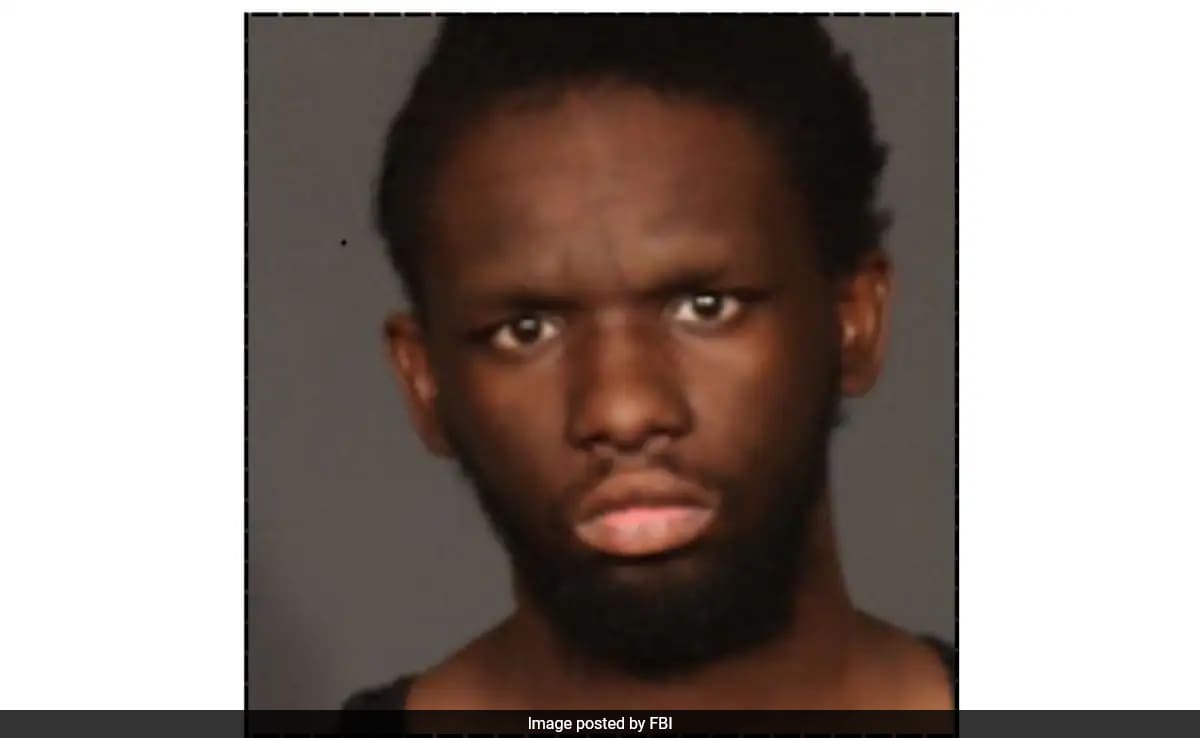“We educate future generations.”
“We strive to take humanity forward.”
“We want to create a great world.”
“We are committed to the betterment of our global society.”
In the past few months, such university mottos have proven to be nothing other than vapid slogans.
Student-led sit-ins have popped up across US college campuses. Protesting students are demanding that their institutions call for an immediate ceasefire in Gaza and divest from companies doing business with Israel.
But instead of engaging with their demands in good faith, university presidents set loose the notoriously unrestrained American law enforcement on students standing in solidarity with the Palestinian people, who are facing genocide. The police have entered campuses in riot gear, violently dismantled encampments, brutalised protesters, and arrested hundreds.
Watching all of this, we are reminded that the contemporary university is not a place that cares to inspire change or build a better tomorrow through higher education. It is only beholden to the political and economic interests that often converge within its walls.
So, it is now time for us, educators, to step up and protect our students.
Indeed, many brave faculty members have put themselves in the line of fire.
On April 22, New York University (NYU) faculty were seen forming a chain around the Palestine solidarity encampment when protestors were preparing to pray. They did the same the next day when the New York Police Department (NYPD) entered campus to dismantle the encampment after the university administration asked them to step in.
The NYPD accused the faculty of being violent with law enforcement. But witnesses said that they were simply protecting their students “against full-geared riot cops”. Afterwards, faculty from several departments at NYU wrote letters to the university leadership, condemning the intervention of the NYPD. The letter from NYU School of Law called the police intervention “a stain on the university”.
On May 1, on the third day of the encampment at the University of Wisconsin-Madison, the university administration called in campus and state police. As they tore down the encampment, the faculty remained on the front lines. Associate Professor Samer Alatout, who was present at the protest and was detained, told reporters: “They targeted me specifically for violence…they did not come to me and say, ‘come with me.’ They pushed me to the ground.” Professor Alatout added that he was hit several times in the face. After his release, he returned to the encampment “with cuts and blood on his face”. Professor Sami Schalk was also detained. After her release, she announced on social media: “I’m home. I’m significantly bruised, in a lot of pain & my shoulder is sprained. I’ve been told to return to the hospital if certain things happen which might be signs of internal damage, esp from the strangulation…”
At Virginia Tech, the leadership also asked law enforcement to take down the solidarity encampment. This resulted in 82 trespassing arrests, including of assistant professors Desiree Poets and Bikrum Gill who stood alongside protesting students. And when the police stormed the encampment at Washington University in St Louis, 65-year-old Professor Steve Tamari of Southern Illinois University Edwardsville was “body slammed and crushed by the weight of several St Louis County police officers and then dragged across campus”. Professor Tamari broke his hand and ribs as a result of the assault by the police. In a statement, he said: “One doctor told me I am lucky to be alive; my lungs could have been punctured and I could have died on the ground as they abused me.”
By standing between the students and law enforcement, these faculty members have reminded us of our responsibilities as educators.
As our students are completely abandoned by university administrators, we are reminded that we too have a duty of care. In part, this means that as our students are forced to confront violent law enforcement, we have a quite literal responsibility to take care of their wellbeing, health and safety.
Equally, it means safeguarding the core function of the university and the role of our students in it. Here I’m reminded of the words of the American educator Robert Maynard Hutchins who once said the purpose of education is not to teach facts, theories and laws or to “reform” and “amuse” students. Rather, it is to teach students to “think”; to “unsettle” their minds, to “widen their horizon” and “to inflame their intellects”.
This is where we see the crucial role of the knowledge that we impart in the classroom and the impact it has on the world outside. The dilemma of the contemporary university was aptly captured by a placard at the encampment at Columbia University that said, “Columbia, why require me to read Prof Edward Said, if you don’t want me to use it?” Indeed, we need to remember that what we teach in the classroom is not words on paper, a metaphor for real-world problems or an abstract discussion of issues elsewhere.
For students, the readings we assign are a primer for understanding the world and their place in it. When they read Edward Said, WEB Du Bois, Merze Tate, or Frantz Fanon they think of the legacies of colonialism, imperialism and racism and how they shape their lives today. When they read about ethnic cleansing, massacres and genocides, these are not just history lessons to them. Students wonder why such atrocities were allowed to be perpetrated and what could have been done to stop them. Of course, this understanding of education runs counter to the logic of the neoliberal university where the degree is just a commodity that equips students to enter the labour market, earn a living and hopefully recoup to financial investment they made when pursuing a higher education.
But through these encampments, we are witness to students embodying the “origin story” of the university. Their inflamed intellect and widened horizons teach them about the complicity of their institutional positionality and how “business as usual” in the place where they live, work and study allows a genocide to continue unabated thousands of miles away in Gaza. It is then our role as educators to care for and protect them, as they put into practice outside the classroom, what they have learned in the classroom, and demand action from those that lead our universities.
What we are witnessing is in no way just an American problem. At the time of writing, social media was flooded with videos of law enforcement violently dismantling student encampments in Berlin and Amsterdam. Encampments have also appeared elsewhere in Europe, Australia, Mexico and Japan. The global resonance of this student movement is self-evident. And educators will have to decide what side of history they wish to be on.
The views expressed in this article are the author’s own and do not necessarily reflect Al Jazeera’s editorial stance.

 9 months ago
33
9 months ago
33









